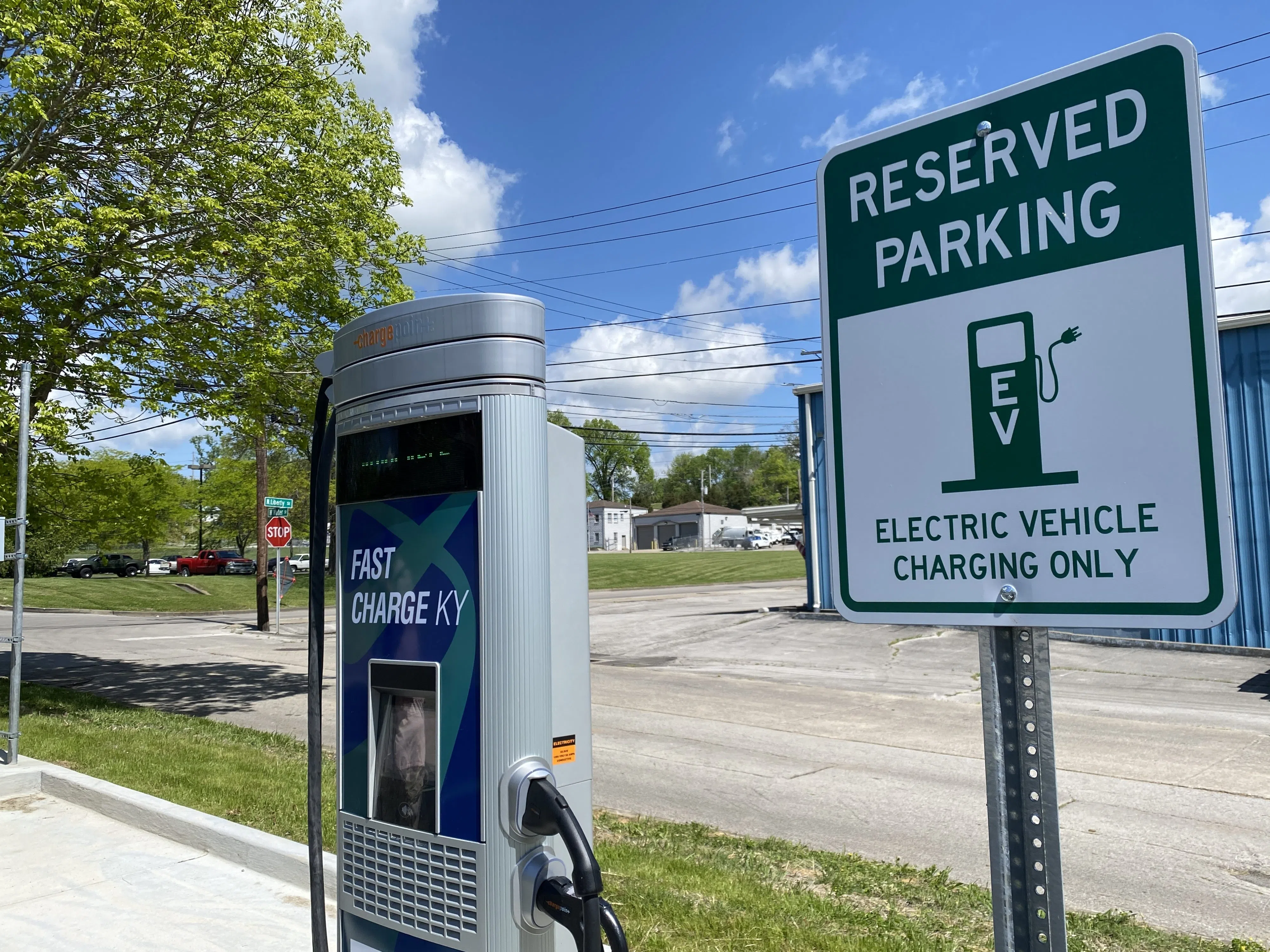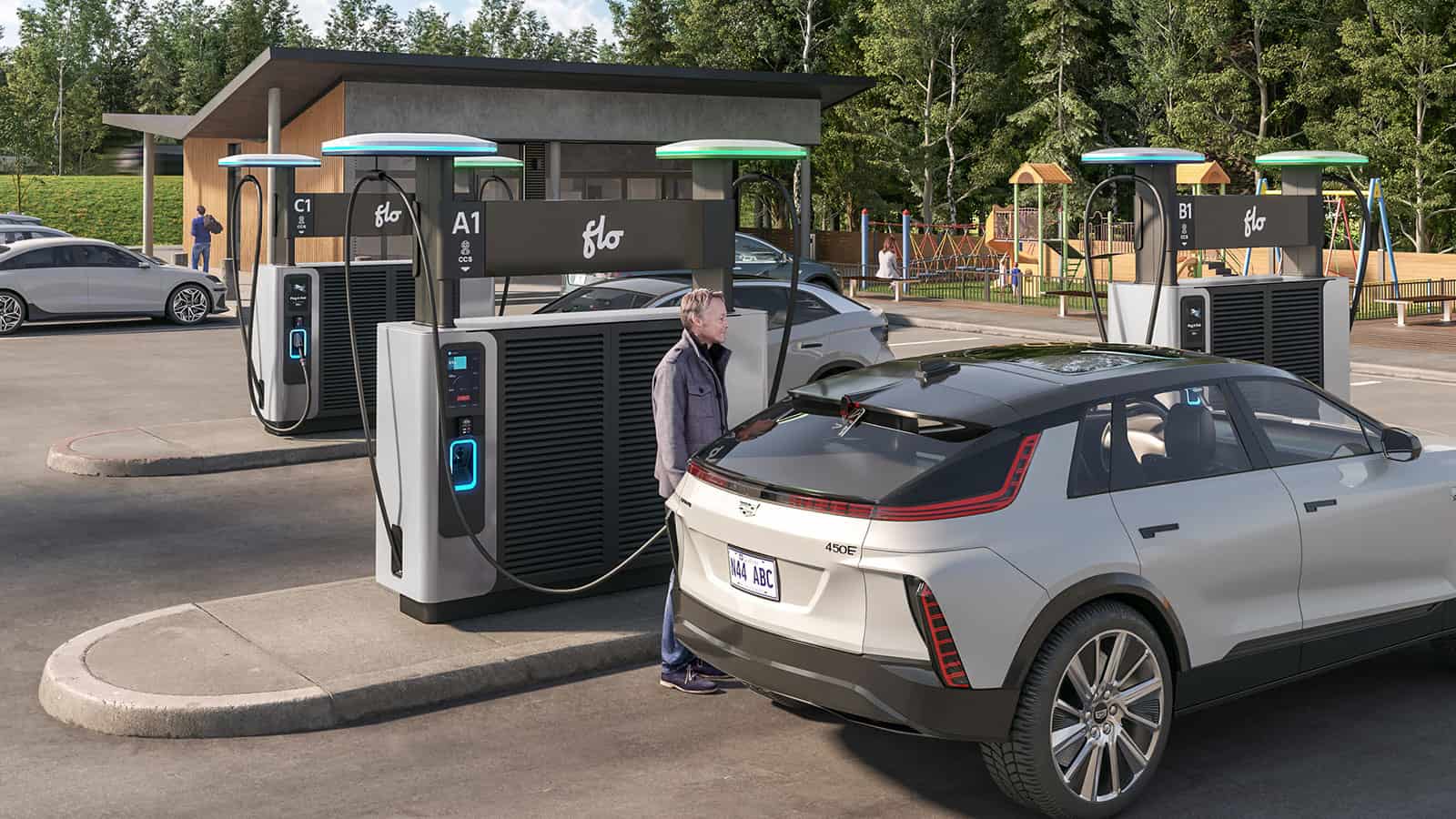Leading EV Charging News: Key Updates on Framework and Development

Recent Improvements in Fast-Charging Innovation

Additionally, developments in battery modern technology, including improved thermal administration systems and greater energy thickness batteries, complement fast-charging abilities. These growths reduce the threat of battery degradation during quick charging, ensuring durability and efficiency for EV proprietors.
Additionally, the combination of clever charging options is enhancing individual experience, enabling real-time tracking and vibrant rates models. EV Charging news. This versatility permits chauffeurs to optimize billing expenses and times based upon grid need
As car manufacturers remain to purchase fast-charging networks, the partnership in between sector stakeholders is important. Collaborations in between billing station companies and auto producers are paving the method for considerable insurance coverage, ultimately promoting a much more robust EV environment. These innovations are pivotal in supporting the shift to lasting transport.
Federal Government Campaigns for Billing Development
Federal government efforts play a critical role in the expansion of electric vehicle (EV) billing framework, promoting the change to lasting transport. Numerous government and state programs are being carried out to improve charging ease of access, lower the economic worry on customers, and advertise the adoption of electric lorries.
Especially, the U.S. government has allocated substantial financing with the Infrastructure Investment and Jobs Act, which sets aside $7.5 billion for EV billing network advancement across the country. This financing is targeted at deploying hundreds of new charging stations, specifically in underserved areas, thereby addressing array stress and anxiety among possible EV purchasers.
Additionally, numerous states are passing legislation to streamline the allowing procedure for charging terminal setups, which is important for accelerating release. Rewards such as tax obligation credit histories and refunds for both consumers and companies are additionally being introduced to urge the setup of charging infrastructure.
In addition, public-private partnerships are significantly ending up being an emphasis, leveraging private financial investment to enhance government financing. These campaigns underscore a joint approach necessary for constructing a extensive and reliable EV charging network, inevitably adding to a greener and even more sustainable future.
Cutting-edge Battery Solutions Enhancing Efficiency
Reinventing the landscape of electrical car (EV) innovation, cutting-edge battery services are dramatically enhancing effectiveness and efficiency. Breakthroughs in battery chemistry, particularly with lithium-sulfur and solid-state batteries, are causing raised energy density, which permits longer arrays and faster billing times. These new battery kinds have the prospective to surpass standard lithium-ion batteries by supplying higher capacities while decreasing weight, consequently improving general lorry performance.
Moreover, developments in battery management systems (BMS) are enhancing energy use and expanding battery lifespan. Intelligent algorithms monitor battery health and performance, enabling real-time adjustments to charging and releasing procedures. This not only improves the effectiveness of the battery however also ensures a much more lasting and dependable energy resource for EVs.
Furthermore, the integration of reusing modern technologies is resolving the ecological effect of battery production and disposal. Developments in second-life applications for EV batteries are facilitating their use in energy storage systems, adding to a round economic climate.
As these ingenious battery solutions continue to evolve, official site they assure to change the EV market, making electric vehicles extra appealing and accessible to a more comprehensive target market while supporting international sustainability objectives.

Collaboration Between Automakers and Charging Networks
Acknowledging the essential need for a robust charging infrastructure, car manufacturers are significantly collaborating with charging network companies to improve the EV possession experience (EV Charging news). These collaborations intend to produce a smooth billing ecological community that benefits customers and supports the transition to electric vehicles
Major auto brand names are joining pressures with well established billing networks to expand their charging terminal insurance coverage, ensuring drivers have access to convenient and reliable charging options. Collaborations with networks like ChargePoint and Electrify America permit automakers to integrate billing options directly right into their automobiles' navigation systems, guiding customers to the nearby stations and providing real-time schedule updates.
Moreover, these collaborations often lead to the development of fast-charging innovations that dramatically reduce the time required to reenergize an EV. By merging sources and knowledge, car manufacturers and charging networks can introduce quicker, creating options that meet the growing need for electric mobility.
In enhancement, joint efforts might also bring about more standard charging methods, which can minimize customer confusion and advertise broader EV adoption. On the whole, these calculated alliances are critical in constructing a user-friendly and effective billing infrastructure that fulfills the requirements of an increasing electrical lorry market.
Challenges Dealing With EV Billing Infrastructure
As the electric car market proceeds to expand, several difficulties are appearing that prevent the development of a detailed billing infrastructure. One of the main barriers is the not enough number of charging stations, especially in underserved and country metropolitan areas. This gap creates array anxiety amongst potential EV purchasers, deterring them from making the switch.
Additionally, the absence of standardization in charging modern technology makes complex the framework landscape. Variations in plug kinds and billing speeds can develop complication for users and raise operational intricacies for billing this content network drivers.
Another pressing issue is the high cost related to the installation and maintenance of charging stations, which can be an obstacle for both personal organizations and public entities. Regulative hurdles and zoning limitations can postpone the release of billing framework, hindering development in increasing necessary solutions. Attending to these obstacles will be important for fostering a robust EV ecosystem that sustains the shift to sustainable transport.
Conclusion
In final thought, the ongoing improvements in EV charging innovation, supported by considerable federal government initiatives and ingenious battery options, are crucial for the expansion and effectiveness of electrical lorry framework. Collaborations between car manufacturers and charging suppliers further boost station protection, attending to the expanding need for obtainable billing alternatives. Regardless of challenges that persist within the EV charging landscape, these advancements signify a positive trajectory towards an extra reliable and lasting electric car community.
Advancements in charging infrastructure have led to the development of ultra-fast battery chargers qualified of providing up to 350 kW of power, considerably decreasing charging times. Variations in plug kinds and billing speeds can create complication for customers and boost operational intricacies for billing network operators.In conclusion, the ongoing innovations in EV billing innovation, supported by significant government efforts and innovative battery solutions, are crucial for the development and effectiveness of electric lorry check over here framework. Partnerships between car manufacturers and charging suppliers even more boost terminal coverage, addressing the expanding demand for accessible billing choices. In spite of difficulties that continue within the EV billing landscape, these advancements signify a positive trajectory in the direction of a much more reliable and sustainable electrical car ecosystem.